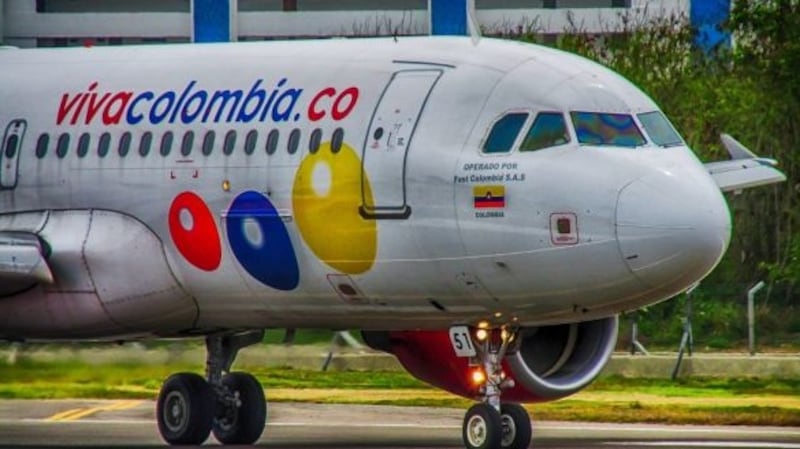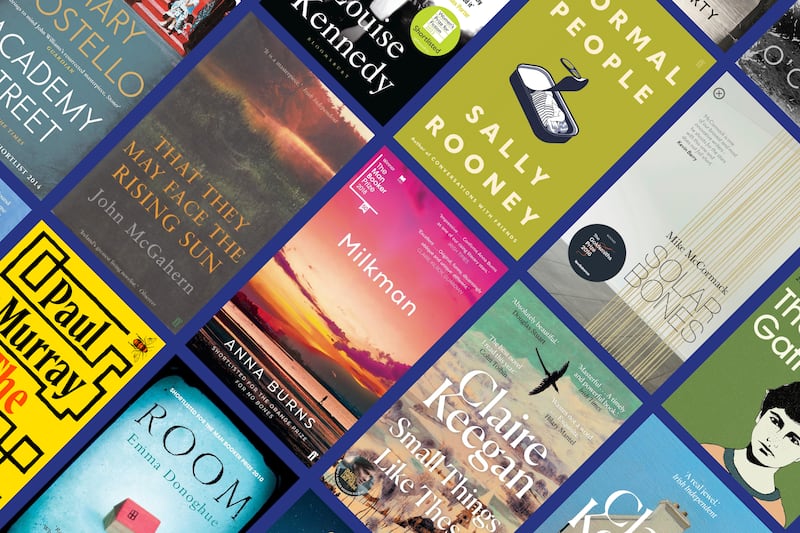Tony Ryan was 58, and out of a job.
It was 1994 and Guinness Peat Aviation (GPA), the pioneering aircraft leasing business he had founded in Shannon, had first collapsed and then been dismantled. After hanging around with GPA for a few years while fighting with his lenders, Ryan resigned.
He was left with only one business interest, Ryanair, a small struggling airline owned by his three sons Cathal, Declan and Shane. Everyone was telling him to sell it, including Declan. Michael O’Leary, his assistant, also told him to sell. As he tried to reconcile with the GPA failure, Ryan went to Spain, taking lengthy walks on the beach each day. “Someone asked me later how much I had lost. I said: ‘$300 million and 20lbs,’” he said in a 1995 interview.
It was a typically hard-nosed comment by a notoriously teak-tough businessman. At the time, however, Tony Ryan was distraught by the failure.
‘Our daughter is almost 40 and moving out soon, but she has told her son that he can stay with us’
Irish Times readers pick Claire Keegan’s Small Things Like These as the best Irish book of the 21st century
‘I grew up in an apartment in another country. I bought an apartment in Dublin and had to get out after a year’
In the years that followed, GPA would become the trigger for Ireland’s multibillion dollar aviation finance industry. But the short-term is less forgiving. The Ryans, out in the cold, were left with a lot to prove.
Declan, Tony Ryan’s second-eldest son, was only 31. While his father’s passion had been GPA, Declan had always been far more interested in Ryanair.
But it was losing millions every year and trailing in second place, by a considerable distance, to the dominant State-owned carrier Aer Lingus.
The story of how the Ryan family came back from the brink, and, in the process, brought low-fare airlines to the world is little known. Yes, people know about Ryanair, which transformed travel in Europe. But there is much more.
The family took the Ryanair template and rolled it out in five other low-fare airlines – making flying affordable to billions of people on four continents.
This is the story that became the book Aer Dogs. It is, of course, about Tony Ryan, who died in 2007, and the Ryan family. But it is also about other families few have heard of – names such as Carragher, Doherty, Maxwell, Mulvihill, Mason, Goode and Blaney. These were the so-called “Aer Dogs”, people who took the Ryanair spirit and exported it around the world.
A message from Medellín
In March 2021, Declan Ryan texted me unexpectedly.
The Currency, an online publisher I cofounded, had published an article about the aviation leasing giant AerCap acquiring GECAS, a rival, for $25 billion. The deal had created the world’s biggest airline lessor. For Ryan, it means something more.
“Buenos Dias from Medellín,” Ryan messaged. “Confidentially the AerCap takeover feels like a full circle for GPA. Many people have texted me about that point. It’s a real pity Tony isn’t around!”
AerCap was led by Aengus Kelly, a Dublin executive who had earned his spurs with GPA. Its origins could be traced back to AerFi, a company salvaged from the wreckage of GPA in 1992. GECAS had bought the parts of GPA that didn’t go into AerFi, so it too had firm Irish roots.
After making that initial contact, Ryan shared a little about his own business, explaining how he was navigating airlines in Latin America during a pandemic.
In May 2021, he asked to meet. We went for a walk down Dún Laoghaire pier in south Dublin. Ryan, wearing his Covid mask, made the journey out on the Dart from his city-centre home.
We discussed his family office, Irelandia, and all the challenges it had faced. Ryan had an airline in Colombia which had survived the pandemic against the odds. As we turned at the end of the East Pier, he asked me if I wanted to write a book. It would detail, he told me, what had happened – from Ryanair on through the five airlines that followed in Asia, Australia, North America, Central America and South America.
Ryan had rarely done interviews. But as he opened up, the story started to grip. I’ve worked as a business journalist for two decades, but Ryan was telling me about people I had never heard of. They were Irish, young, and they’d gone on to do big things in aviation. Ryan called them fondly the “Aer Dogs”.
“Of course, you’ll have to go to Colombia,” Ryan said. That was it, I was in.
Sworn to secrecy but watching ringside

I glance out the window of Viva’s new A320neo aeroplane before take-off from Bogotá, the capital of Colombia. It is January 2022, and our destination is Cartagena, a beautiful historic city on its Caribbean coast. From the window seat, you can see a sparkling yellow wingtip. A middle-aged woman tugs at my sleeve. She is asking in Spanish how her seat belt works.
As I show her, it is obvious that this is her first time on a plane. This is not unusual for Viva. Since its first flight on May 25th, 2012, the low-fare airline has made flying accessible to millions of Colombians who could never afford to fly before. Afterwards, I message Ryan to tell him this story. “That makes my day,” he replies.
I had met Ryan for coffee a few days earlier in the Click Clack hotel in Medellín. Ryan, as the chief executive of Irelandia, had deployedairplanes in Colombia worth cumulatively billions of dollars over the previous decade and he employs 1,000 people there, but nobody recognises him. He has none of the trappings of the successful gringo businessman: no expensive watch, no branded clothing, no security entourage. He arrived for coffee in shorts and a T-shirt.
Ryan’s hair is a little longer than the last time we met, but the broad smile remains. Irelandia has IPO-ed three airlines (Ryanair, Tigerair, Allegiant) on three continents, and also built an airline in Mexico (VivaAerobus) that it later sold out of at a profit.
And then there is Viva, the airline that is perhaps closest to Ryan’s heart – maybe even more than his first love Ryanair. From a standing start in 2012, Viva had become the second-largest airline in Colombia, a country of 40 million people. Since Viva began, more than 31 million people have flown in its airlines in either Colombia or Peru. While its larger regional rivals Avianca and LATAM filed for bankruptcy during the pandemic, Viva didn’t.
When we met in Medellín, Viva had survived the pandemic, and as pent-up demand for travel in Colombia surged, the airline was rebounding. Ryan was in the middle of a deal that could see him merge Viva with its rival Avianca, the world’s second-oldest airline. The plan, which was subject to regulatory approval, was to create a new Latin American regional airline champion, one in which he would be a shareholder and a director.
What happened next wasn’t smooth, but I was now on the inside. Sworn to secrecy but watching ringside a great story unfolding.
Aer Dogs: How a Small Group of Irish Entrepreneurs Brought Low-fare Air Travel Around the World, by Tom Lyons, is published by Irelandia Press on March 5th.
- Sign up for push alerts and have the best news, analysis and comment delivered directly to your phone
- Join The Irish Times on WhatsApp and stay up to date



















